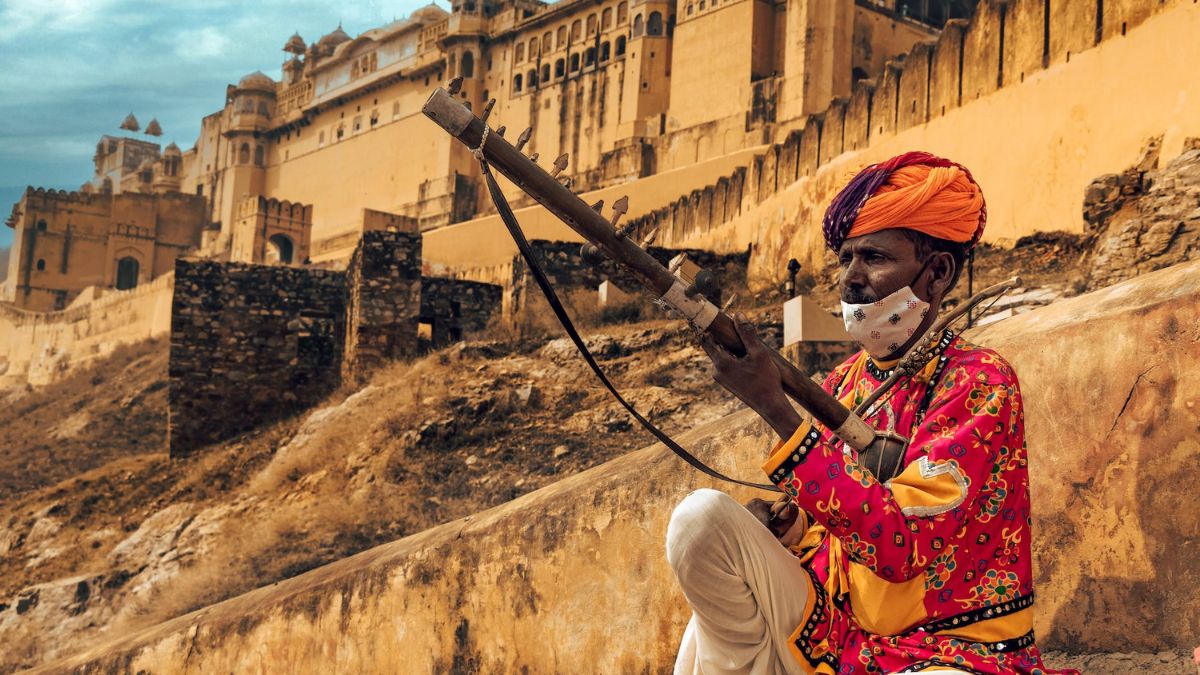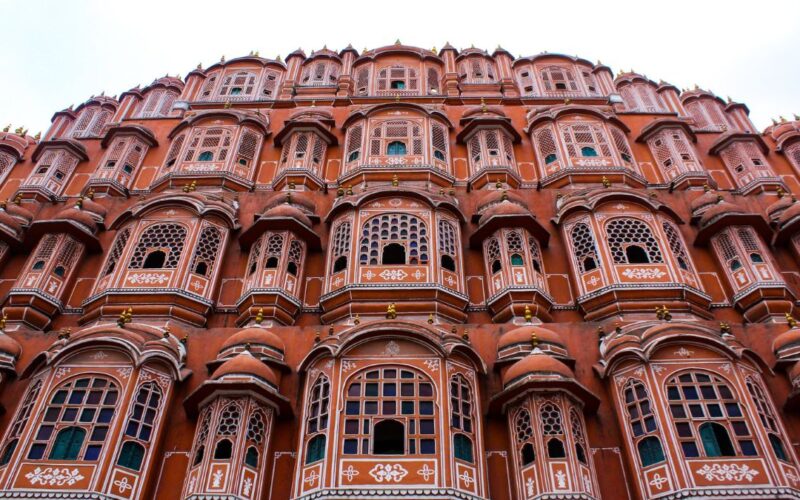Jaipur, the vibrant Pink City of India, evokes images of majestic palaces, bustling markets, and rich cultural heritage. However, beyond its famous landmarks lie lesser-known facets that add depth to its historical narrative and architectural marvels.
The City of Precision and Planning
Jaipur, founded in 1727 by Maharaja Sawai Jai Singh II, is a marvel of urban planning. It was meticulously designed based on ancient Vedic planning principles, featuring a grid-like layout and impressive infrastructure.
Insight: The city’s architectural precision and planning reflect the foresight and vision of its founders, blending functionality with aesthetic charm.
The Unseen Stepwells of Jaipur
While stepwells are synonymous with Rajasthan, Jaipur houses lesser-known baolis or stepwells like the Chand Baori in Abhaneri, a stunning example of architectural ingenuity and water conservation.
Insight: These stepwells showcase Rajasthan’s expertise in harnessing water, offering glimpses into ancient engineering prowess.
The Intriguing Anokhi Museum
The Anokhi Museum of Hand Printing preserves the art of block printing, showcasing the history and techniques of this traditional craft, often overlooked amidst Jaipur’s grandeur.
Insight: Exploring the museum unveils Jaipur’s cultural fabric, celebrating its artisanal heritage and craftsmanship.
The Astronomical Marvel of Jantar Mantar
Jaipur houses the UNESCO-listed Jantar Mantar, an astronomical observatory built by Maharaja Jai Singh II. Its giant instruments track celestial movements with astonishing accuracy.
Insight: This architectural wonder highlights India’s scientific heritage and the ancient pursuit of astronomical knowledge.
The Allure of Panna Meena Ka Kund
Panna Meena Ka Kund, a lesser-known stepwell, captivates visitors with its mesmerizing symmetrical staircases and intricate architecture, often overshadowed by more famous sites.
Insight: This hidden gem showcases Rajasthan’s architectural brilliance and serves as a tranquil retreat away from the city’s bustle.

The Secret Passages of Amer Fort
Amer Fort, while renowned, hides a network of secret passages and chambers that were once used by the royals, offering a mysterious and intriguing aspect often overlooked by visitors.
Insight: Exploring these hidden passages unravels the fort’s fascinating history and adds an element of intrigue to the visitor’s experience.
The Unheralded Galta Ji Temple
Galta Ji Temple, also known as the Monkey Temple, sits amidst the Aravalli hills. It boasts numerous natural springs and sacred kunds (water tanks) yet remains less frequented by tourists.
Insight: This serene temple complex offers a spiritual retreat and panoramic views, embodying Jaipur’s religious diversity.
The Little-Known Royal Gaitor
Royal Gaitor houses stunning cenotaphs of Jaipur’s rulers, a serene and less-visited site showcasing elaborate Rajasthani architecture and intricate marble carvings.
Insight: These cenotaphs serve as a testament to Jaipur’s regal past, preserving the legacy of its rulers.
The Lesser-Explored Nahargarh Biological Park
Nahargarh Biological Park, situated near Nahargarh Fort, remains a hidden sanctuary housing a diverse range of flora and fauna, providing a natural escape in Jaipur.
Insight: Exploring this park reveals Rajasthan’s biodiversity and commitment to wildlife conservation.
The Heritage of Jaipur’s Havelis
Jaipur’s Havelis, or traditional mansions, often remain overshadowed by grand palaces. These intricately designed structures boast exquisite frescoes and architectural splendor.
Insight: Delving into these Havelis unveils Jaipur’s artistic heritage and showcases the opulence of bygone eras.
Jaipur’s allure extends beyond its famous landmarks; it’s a treasure trove of hidden gems that enrich its cultural tapestry. Exploring these lesser-known facets allows a deeper appreciation of the Pink City’s historical, architectural, and cultural heritage, unveiling layers of charm and historical significance.










